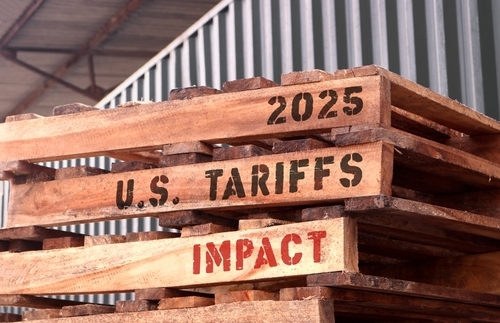It seems pretty obvious now that YouTube got its start at the gas pump.
What were marketers thinking? They should have realized that the minute they pressed us into self-service, we’d eventually take over their jobs.
Self-service gas was kind of forced on us, starting in the 1970s. More efficient for stations, cheaper prices for us. (No letters from New Jersey, please. We all know that state law still keeps your pump attendants employed. How quaint.)
Once we got the hang of dispensing highly flammable liquids through a high-pressure nozzle, they started trusting us to dispense our own cash. So it snowballed from gas pumps and ATMs to self-checkout at the grocery store, touchscreen kiosks and automated phone systems.
And from there it was just a short leap to the marketing department, and media placement. So voila: YouTube. And what does YouTube, that $1.6 billion little upstart, beget? DIY entertainment. And — sorry, Madison Ave. — DIY marketing. The monkeys with typewriters aren’t banging out Shakespeare. They’re banging out ads.
Remember having your gas pumped for you? Me neither. I got my license in 1977, with the oil crisis on the wane, and even teenaged girls were empowered to pump our own. No wonder we all want to be the boss of our own transactions.
Now it’s a novelty to get full-service gas. It’s value-added. It’s promotional. The Kwik Trip in my town just expanded, and for its grand reopening it had a couple of guys in blue jumpsuits pumping gas for a few days — and giving away coupons for a free car wash. (Eat your heart out, New Jersey.)
Who could have predicted back then, when we were still figuring out how the unleaded nozzle works, that 30 years later every Joe would have a camera in his cell phone and it would be the fans, not ad agencies, producing the TV spots for the Super Bowl?
Apple to Chiat/Day in 1984: “So the girl throws a hammer through the screen and the crowd wakes up from its trance. Very cool. Great production values, too. We’re going to run this spot just once: on the Super Bowl.”
Chiat/Day: “Powerful.”
Frito-Lay to Weiden & Kennedy in 2006: “We’ve got an ad contest for Doritos, and we’ll run the best TV commercial during the Super Bowl. You guys can work on other stuff.”
Weiden & Kennedy: “Er, OK.”
More efficient for Frito-Lay, cheaper for … Frito-Lay.
Consumer-generated content, like reality TV, is definitely cheap. But it ain’t always good. It’s one thing to let a person blow up his own gas tank. It’s something else altogether to let him mess with your brand’s image. Those ad contests have standards, you know. This is no random-draw sweepstakes.
So, who’s going to edit the oncoming flood of DIY ads? The agency whose reel has been hijacked by consumers? The promo shop that wrote the rules for a make-your-own-ad contest? YouTube viewers? And once these editors pinpoint the good stuff, how will they make it stand out from the dreck? Network ad buys? YouTube ad buys? Podcasts?
The slippery slope spreads further still before us. Because if you can do your own customer service, and your own marketing, why not your own manufacturing? Heck, Jones Soda and Haagen-Dazs let us come up with their new flavors. Converse already lets us design our own shoes. Why not ship the canvas, thread and grommets, and let us cobble at home? More efficient for them, cheaper prices for us. It’s the kind of trend that could even play well in emerging markets like China and India.
Oh, wait. They’re already busy.



